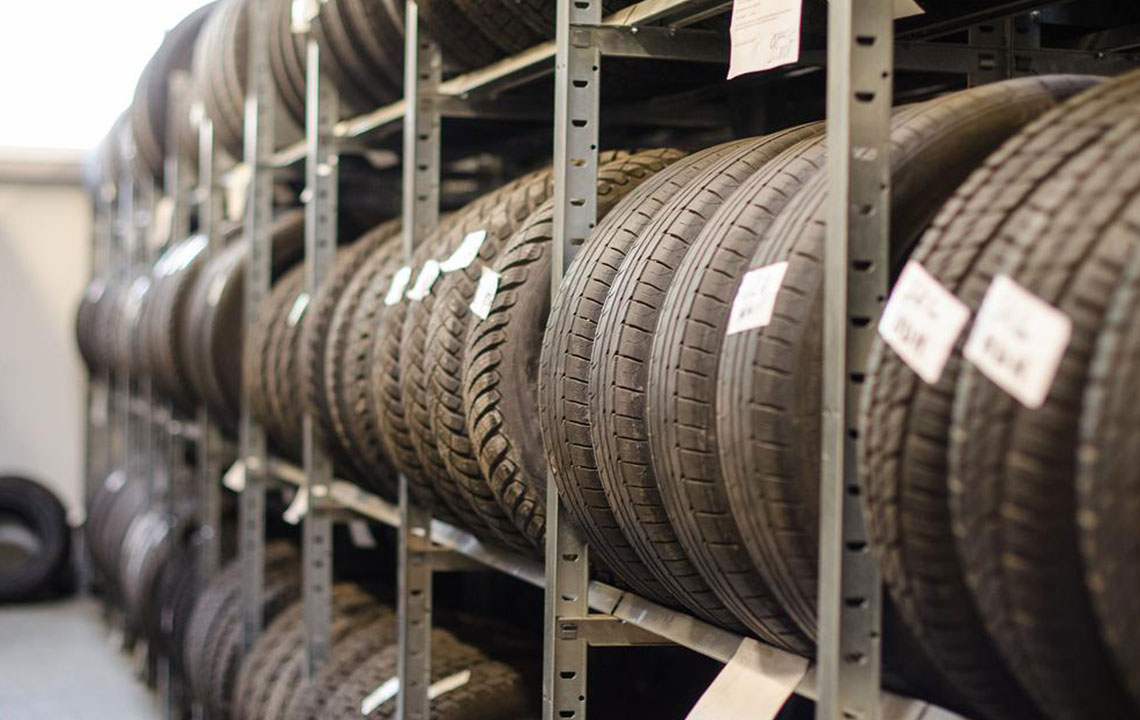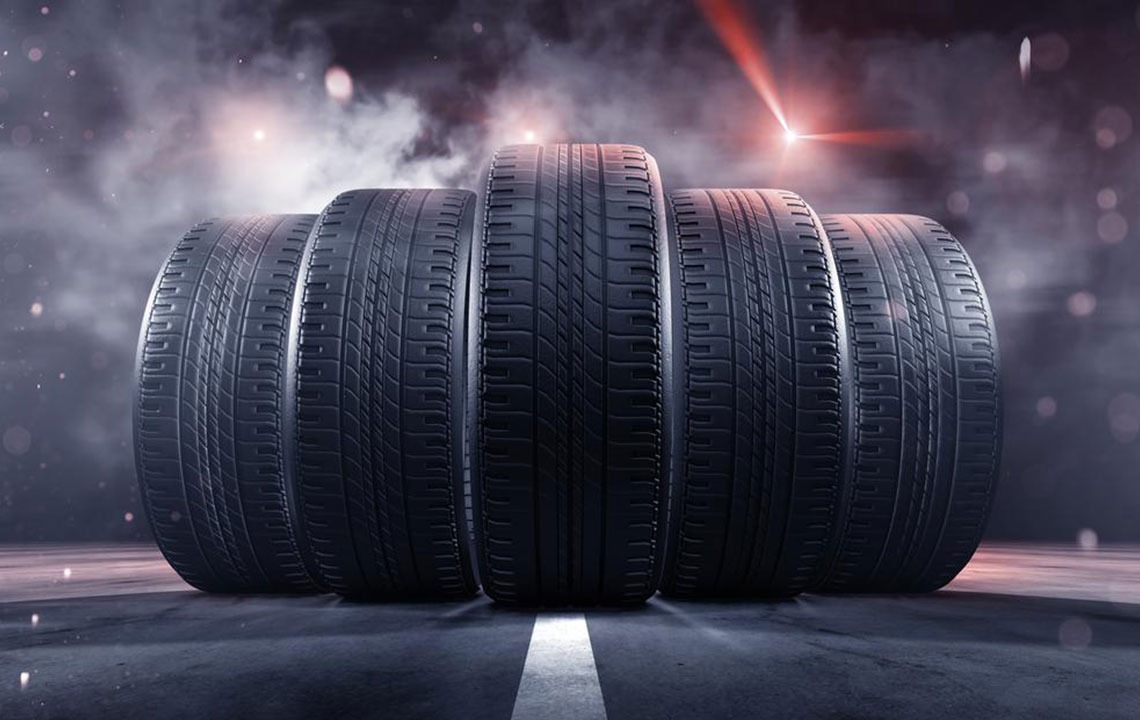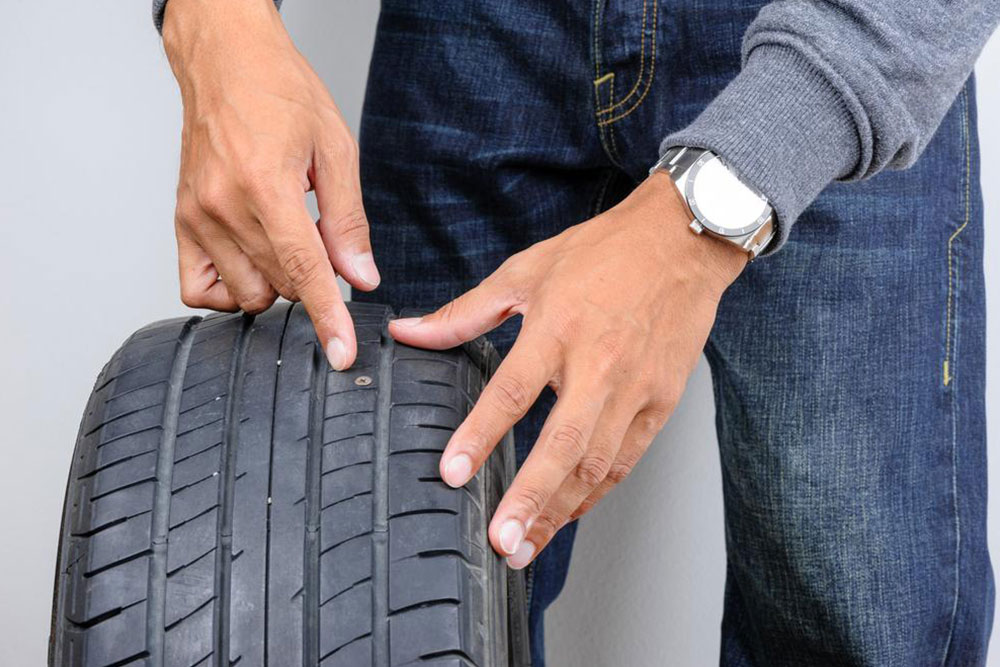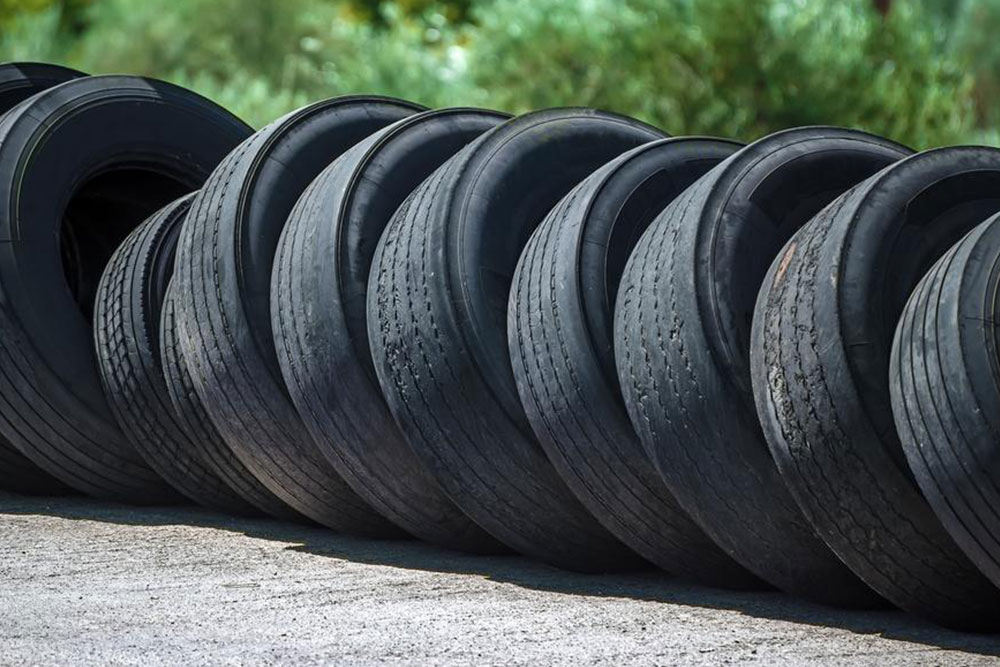The Comprehensive Evolution and Future Trends of Automotive Tire Technology
Explore the extensive history and future innovations of automotive tire technology, from early leather creations to modern smart, adaptive, and energy-generating tires. Understand how continuous advancements have enhanced vehicle safety, performance, and sustainability, shaping the future of transportation. Discover key milestones and emerging trends driving the tire industry forward, including shape-shifting designs and environmental adaptations that promise to benefit drivers globally.

The Evolution and Future Trends of Automotive Tire Technology
Automotive tires have undergone a remarkable transformation since their inception, reflecting advancements in materials, manufacturing processes, and technological innovation. From the earliest days when tires were handmade from leather straps to today's sophisticated, high-performance rubber composites, this evolution mirrors the relentless pursuit of safety, efficiency, and environmental sustainability in the automotive industry.
In the beginning, tires were primarily crafted by skilled artisans called wheelwrights, who meticulously assembled leather strips or other durable materials. These primitive tires offered minimal cushioning and grip, often resulting in rough rides and frequent maintenance. As technology advanced, the introduction of steel and wood components helped improve structural integrity, but it was the breakthrough of air-filled tires that truly revolutionized vehicle performance. The deployment of pressurized air as a shock absorption medium significantly enhanced ride comfort and handling, making driving safer and more comfortable for consumers worldwide.
The establishment of industry pioneers like the Goodyear Tire & Rubber Company in 1898 marked a turning point, catalyzing innovations that continue to influence tire design today. For much of the 20th century, tires featured an inner air tube protected by an outer casing. This design was refined over decades, leading to increased durability and safety. Michelin’s development of steel-belted tires further extended tire lifespan and improved steering control, especially on challenging road surfaces. The steel belts reinforce the tire's structure, preventing punctures and deformation while ensuring steady contact with the road, thereby enhancing driving precision.
Modern-day tires incorporate layers of steel belts and advanced rubber compounds that provide increased durability, traction, and performance in various weather conditions. The mid-1800s saw the emergence of the first wheel patents, laying the foundation for subsequent innovations. Early 20th-century developments introduced synthetic materials that further enhanced tire resilience and performance. Over the decades, continuous improvements have achieved remarkable levels of grip, resilience, and energy efficiency, directly impacting vehicle safety and fuel economy.
In recent years, tire technology has entered a new era characterized by smart and adaptive solutions. Innovations like shape-shifting tires equipped with electronic membranes are capable of adjusting their shape and properties based on terrain and driving style, enhancing safety and comfort. Some tires now incorporate energy-generating capabilities, converting heat and vibrations into electrical energy stored in the vehicle's battery—an advancement beneficial for electric vehicles and energy conservation efforts.
Weather-adaptive tires represent another exciting frontier, capable of altering their tread and rubber compounds in response to environmental conditions, providing optimal grip whether on snow, rain, or dry pavement. These technological strides are expected to drastically improve tire longevity, safety, and performance in the coming decades. Industry experts anticipate even more integrated solutions, including tires with embedded sensors that monitor wear and road conditions in real time, ensuring proactive maintenance and safety enhancement for drivers worldwide.





